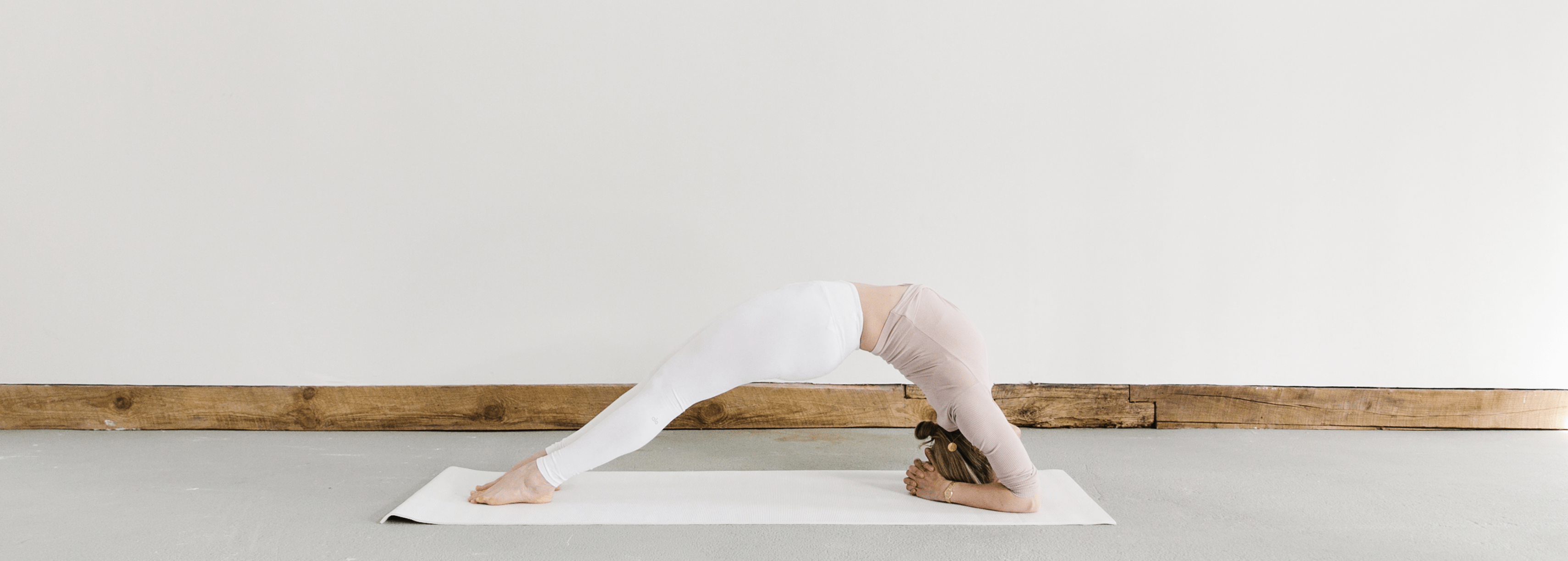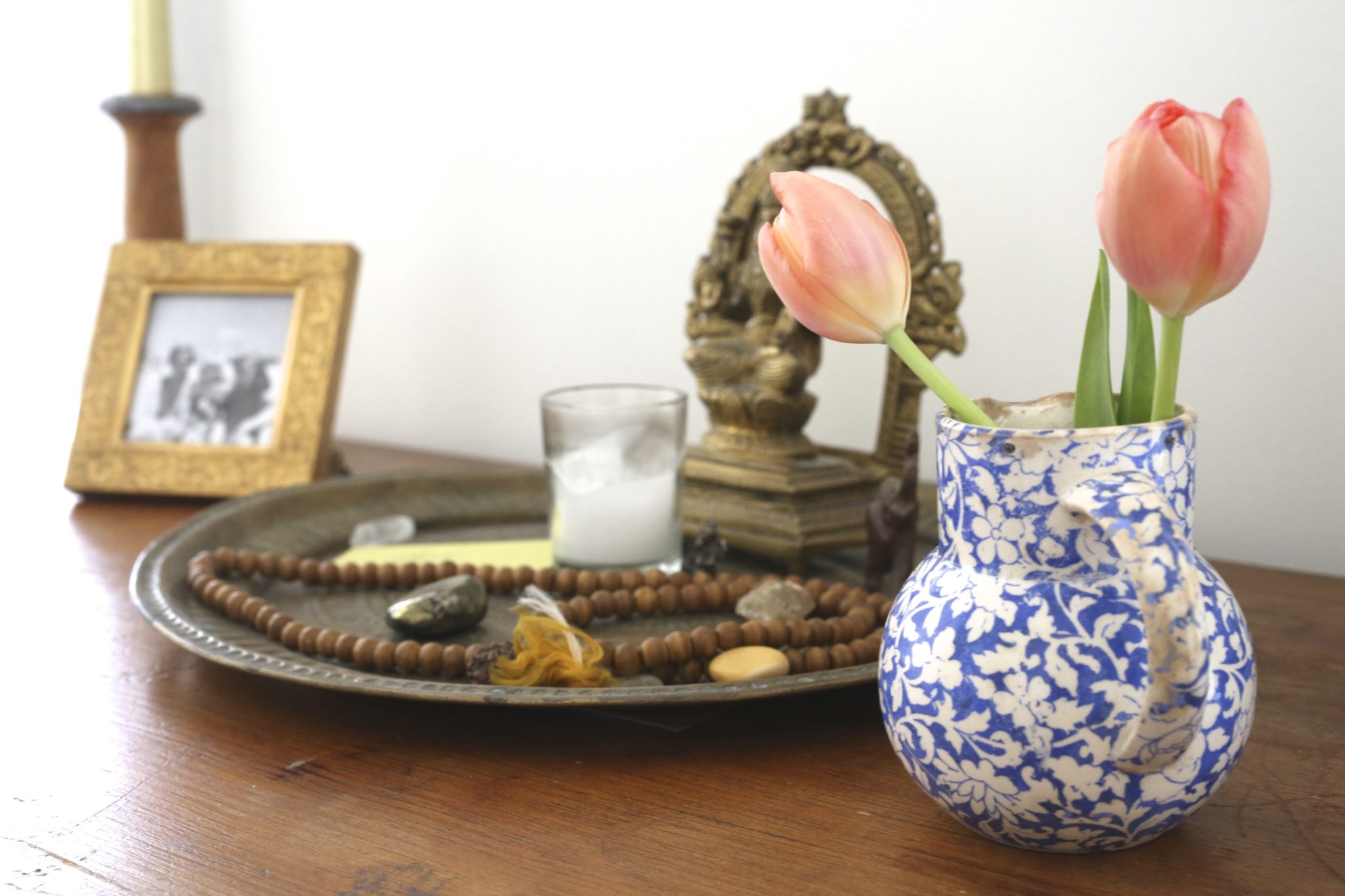One of the most meaningful shifts we can make as yoga teachers is moving from guiding with control to empowering with trust.
It’s easy to fall into the habit of micromanaging our students’ experiences—offering constant cues, alignment instructions, or corrections we assume are helpful. But when we try to control every aspect of a student’s practice, we may unintentionally communicate that we don’t trust them to navigate their own experience. Empowerment, on the other hand, is about creating a safe container where students feel supported and trusted. It’s letting them know: “You’ve got this—and I’m right here with you.”
Trust is something that’s earned. It’s our job as teachers to share tools and information that clarify effort, direction, and intention. Ultimately, this supports our students’ ability to discern what’s right for them. For example, how does a student with limited proprioception or self-awareness know to choose a modification for Parivrtta Trikonasana if they don’t also know the importance of keeping the back heel grounded or that they’re straining their neck and top shoulder by yanking themselves into the twist? We have to teach the pose and speak to the blind spots and then offer tools that empower students to prioritize not just the integrity of the pose but the integrity of their practice. THAT is true empowerment.
One of the most practical ways to empower our students is through intentional sequencing. Whether we’re working toward a challenging posture, building stamina, or simply encouraging breath awareness, thoughtful progression gives our students the tools they need to meet the moment. Empowerment in sequencing is about asking: How can I set them up to succeed rather than surprise them with something they weren’t ready for? Also, How can I communicate the spirit of the posture in every pose? Clear, compassionate progression cultivates confidence—not just in the practice, but in their choices.
Another powerful tool for empowerment is weaving accessible philosophy into our classes. Yoga philosophy is a powerful language to speak to what our students are really navigating on the mat—self-doubt, ego, overwhelm, fear of failure, disconnection, and attachment (to name a few). When we can connect these ancient teachings to modern pain points, we shine a light on the internal obstacles that keep our students stuck. Concepts like abhyasa (consistent effort), vairagya (letting go), or the kleshas (obstacles of the mind) allow us to reframe difficulty as part of the path rather than a sign that we’re doing something wrong. When we normalize struggle and offer tools for resilience, we invite students into an empowering relationship with themselves.
As teachers, we don’t have to have all the answers. In fact, our job isn’t to solve our students’ challenges—it’s to help them remember their own power. Empowerment lives in the quiet moments when we give space instead of answers, in the thoughtful sequence that leads to an unexpected breakthrough, and in the honest wisdom we share that lands at just the right time. Trust yourself, and trust your students. They’re more capable than they know—and so are you.






Join the Discussion